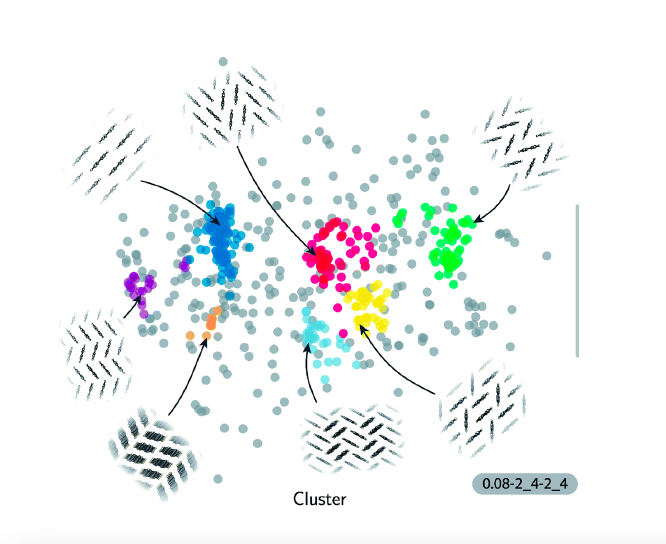As part of the seminar series, Professor Graeme Day gave a talk on the 23rd February 2022 on the use of computational modelling for directing the exploration of functional crystalline molecular materials.
Graeme began by describing crystal structures. Molecules can pack together in many ways, generating crystal structures, known as polymorphs for the same molecule. In addition to configurational packing, lattice stability also depends on flexibility within molecules. Using a model describing repulsion, dispersion, and electrostatic interactions, the Day group sample the energy surface across multiple dimensions, including repeating unit cell parameters and molecule degrees of freedom.
Not only is the global minimum crystal structure important but also the other low-lying energy minima. These are found using sampling methods such as low-discrepancy sampling and Monte Carlo basin hopping. Each sampling point is then locally optimised to its nearest minimum, for the lattice energy, using a Newton-Raphson scheme. The structures are ranked with respect to their relative energy and it is assumed that the global minimum is the observable structure, however structures at several local minima can be stable under different experimental conditions. Predicting these and their properties is key to discovering new materials.
The minimisation of the crystal structures has to be performed at a molecular mechanical level of theory to describe the chemical environment due to the thousands of structures and the number of atoms involved in organic molecular crystals. It is common practice to re-rank the low energy structures using a quantum mechanical level of theory, often solid state DFT, for lattice energies or using phonons for free energies, but the cost increases steeply with system size.
Graeme explained that pharma companies need to know the polymorphs to test for detrimental effects in the event that the polymorph changes form. Property prediction is important, for example, to predict the solubility of the polymorph, to determine the dose to be administered. An example of polymorphism gone wrong after the drug was on the market was Ritonavir, an antiretroviral drug used for HIV-positive patients which had to be pulled from the market for a couple of years to reformulate, due to changing form at the production stage. The new form had a much lower solubility, so it was nowhere near as effective for the patients. This resulted in a devastating impact on the patients depending on the drug and the company, therefore theoretical methods for predicting polymorphs are essential.
Crystal structure prediction (CSP) can also give direction for new drug discovery and to advise on experimental conditions in the lab to convert from a crystal structure at one minimum to another, for example by increasing pressure applied to the crystal to change its phase to another structure stable at a higher density. For desirable functional materials such as for higher methane storage capacity, CSP can help refine the choice of likely successful molecules to crystallise in the lab, such as for the molecule T2.
The group now has a grant for autonomous development. Robots will be able handle crystalline solutions in the lab and feed information back and forth to computational models. This involves initially searching the chemical space for new molecules which meet selectivity criteria such as commercial availability, allowing for a much broader exploration of chemical space than choosing molecules manually. This has potential for greatly accelerating organic molecular materials discovery.

Professor Graeme Day joined the University of Southampton in 2012. As a member of the Computational Systems Chemistry research group, his research develops computational methods for materials discovery and prediction of the crystal structures.
